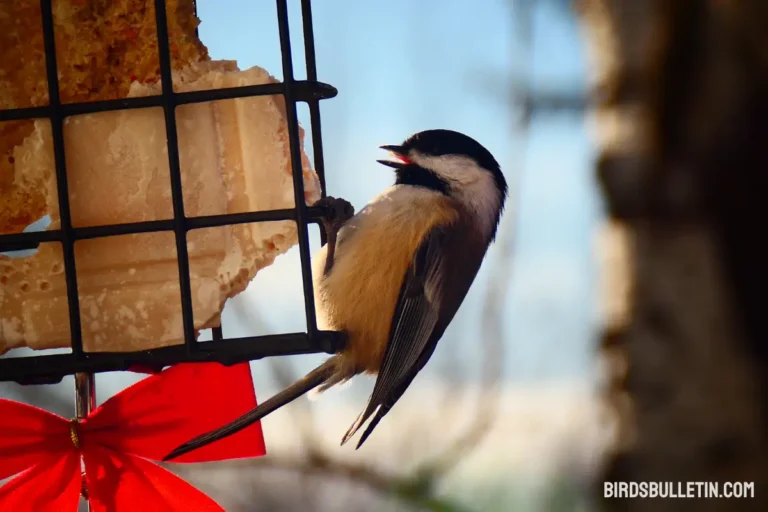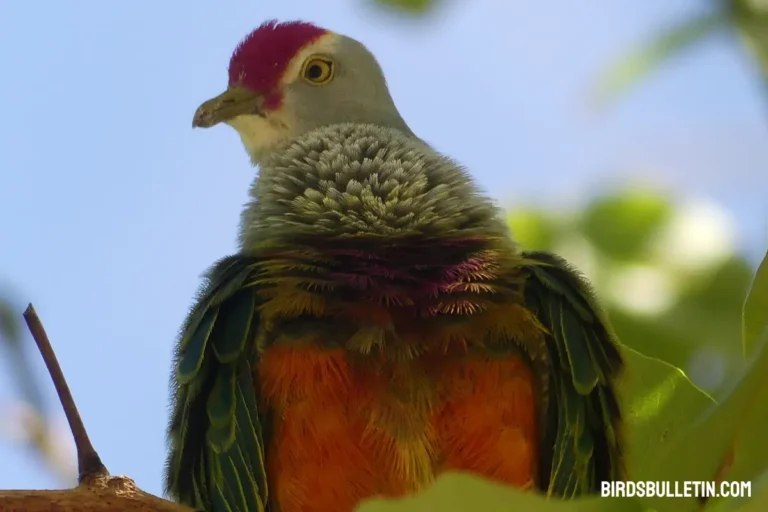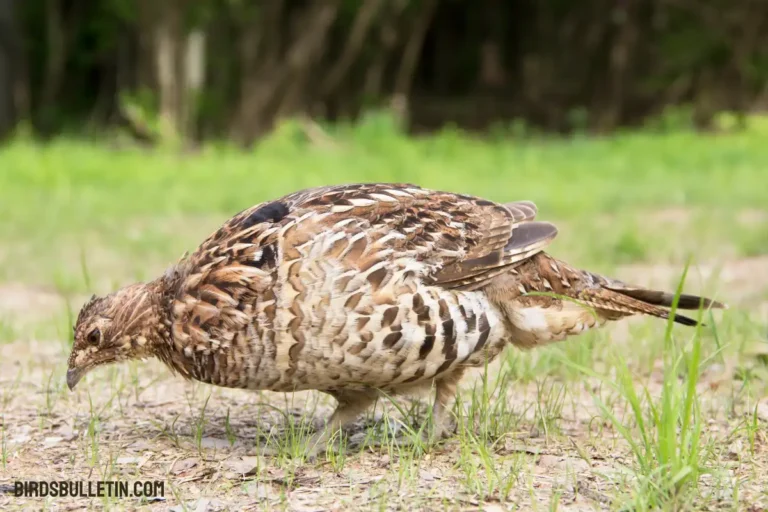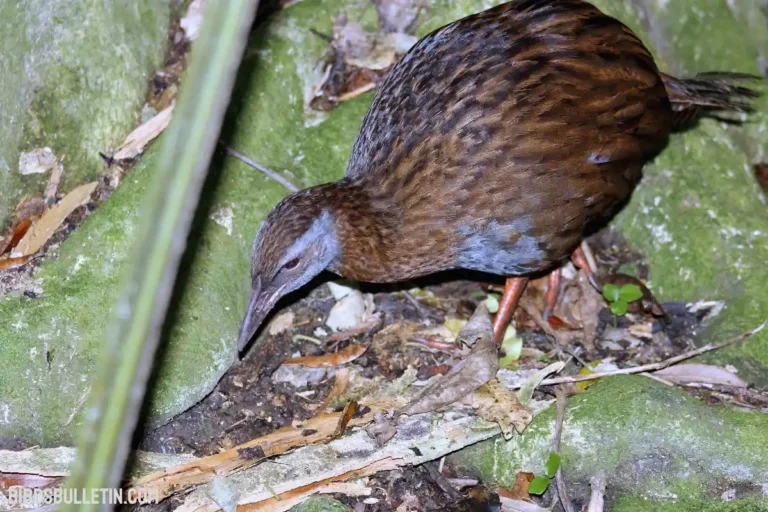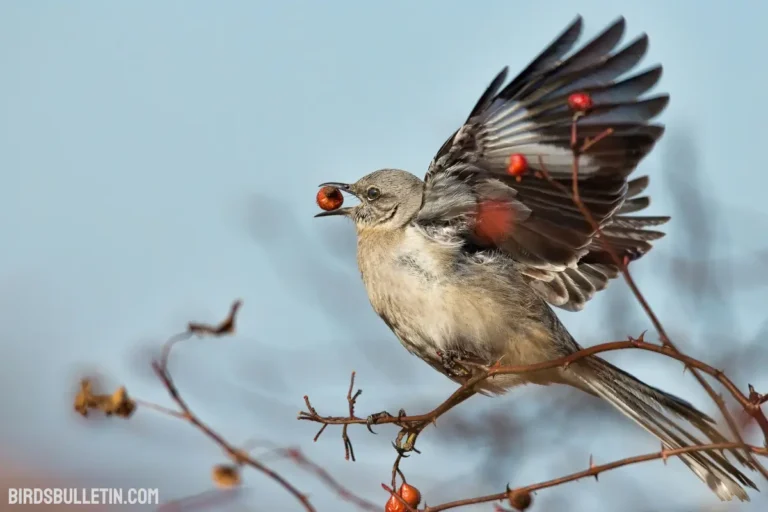What Do Lark Buntings Eat?
The lark bunting is a medium-sized songbird that breeds in the prairies and grasslands of North America. Their diet consists mainly of seeds and grains supplemented by insects. Lark buntings employ a variety of foraging strategies to find food across seasons and habitats.
Lark buntings are primarily granivorous, feeding on a variety of grassland seeds. During the breeding season, they seek out native grass grains like blue grama, buffalo grass, and wheatgrass.
They also eat seeds from forbs like sunflowers, beggarticks, and sorrels. Agricultural crops like wheat, millet, and oats can provide grain sources as well.
Want to learn more about birds’ food and diet:
Favorite Lark Bunting Foods
The table below highlights some of the lark bunting’s favorite seed food sources:
| Food | Details |
|---|---|
| Grass seeds | Native prairie grasses, wheat, oats |
| Forb seeds | Sunflowers, beggarticks, sorrels |
| Grain crops | Wheat, millet, oats |
| Insects | Grasshoppers, beetles, flies |
Foraging Behaviors
Lark Buntings have developed specialized foraging techniques to take advantage of the seasonal abundance of various foods across their habitat.
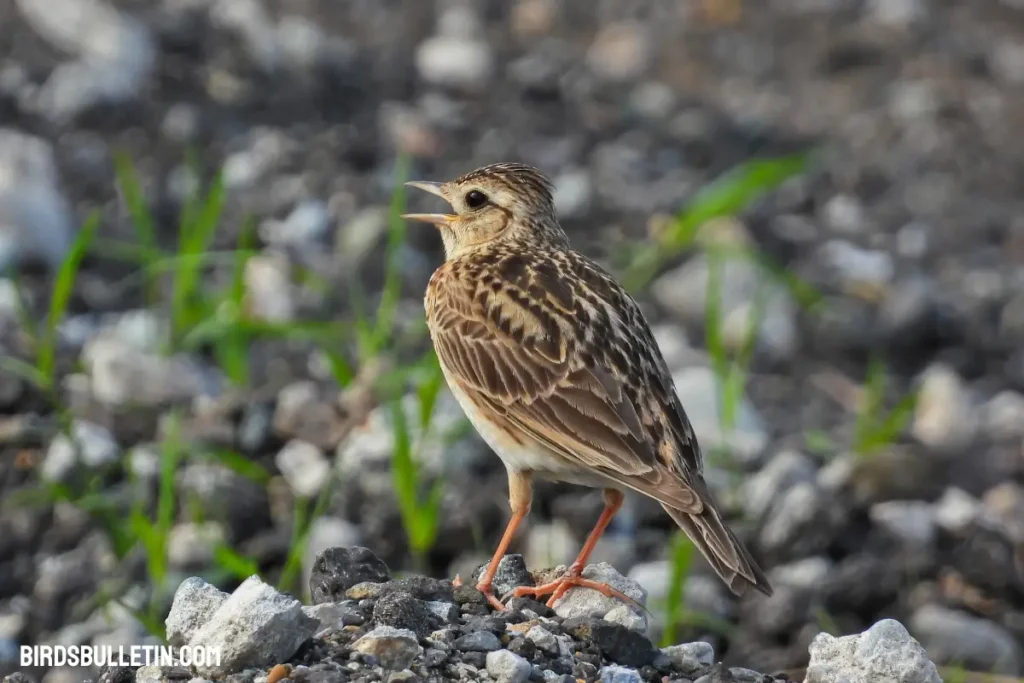
- Ground pecking – Searches for seeds and insects in the grass and bare dirt.
- Foliage gleaning – Picks insects from leaves and stems while perched or hovering.
- Aerial capturing – Catches insects in mid-air during brief hovering flights.
- Seed head picking – Clings to grass stalks to remove seeds from matured seed heads.
- Flock foraging – Feeds in dense flocks to maximize finding dispersed foods.
- Opportunistic hunting – Flexibly exploits any abundant or vulnerable prey like grasshopper swarms.
These behaviors allow Lark Buntings to thrive on both insect and seed diets across the prairies. Their varied foraging techniques help them take advantage of seasonal fluxes and find sufficient nutrition across the year.
Winter Diet
In winter, Lark Buntings form large flocks and migrate south to the southern Great Plains and Southwest. Here they frequent open grasslands, fields, and desert washes.
With insects scarce, they switch primarily to eating grass and weed seeds. Key winter food sources include:
- Grama grass – Common in southwest grasslands.
- Buffalo grass – Found on plains and prairie regions.
- Ricegrass – Abundant on sandy soils and scrub.
- Amaranth – Weedy species prevalent in desert washes.
- Cricket and grasshopper eggs – Provide supplemental protein.
To survive cold winters, Lark Buntings require fatty foods to generate body heat. They meet this need by consuming more grass seeds, which contain carbohydrates and fat. Foraging in flocks also helps them find scattered seeds more efficiently across the landscape.
Nestling Diet
During the breeding season, Lark Bunting parents have an abundance of insect prey to feed their chicks. They capture caterpillars, grasshoppers, crickets, beetles, ants, and other insects to bring back to nestlings.
Nestlings may eat 100-150 individual prey per day during their rapid growth phase!
Here are some key components of the nestling diet:
- Caterpillars – Essential source of protein, fat, and nutrients.
- Grasshoppers – Also contain high protein levels.
- Beetles – Supplement other insects in the diet.
- Seeds – Gradually introduced to transition to an adult diet.
The high-protein insect diet allows young Lark Buntings to achieve their full growth potential during the crucial fledgling phase.
Parents selectively choose prey that provides maximum nutrition and regularly feed nestlings until they’re ready to leave the nest.
Frequently Asked Questions
01. How do lark buntings find food?
Lark buntings use sight and sound to locate food sources. Their elevated perches on fence posts or shrubs help spot seed availability across grasslands. In flocks, they key in on the food calls of other buntings. Their zig-zagging flight allows them to survey the landscape.
02. Where do they forage for food?
Preferred foraging habitat includes native prairies, pastures, hayfields, grass margins around crops, fallow fields, and wet meadows. Lark buntings feed mostly on the ground by walking through vegetation.
03. Do lark buntings visit bird feeders?
They occasionally visit platform feeders with small seeds like millet and sorghum. Scattering millet on the ground may also attract them. Their ground-feeding behavior limits feeder use.
04. How do lark buntings drink water?
Since they inhabit arid environments, lark buntings get much of their water from the seeds they eat. They also drink rainwater caught in puddles and shallow depressions on the ground. Birds bathing in water provide an indication of its presence.
05. Do lark buntings migrate for food?
Yes, food availability is a major driver of their migration patterns. They breed in the northern prairies timed with peaks in grass and insect food. Flocks move south in winter to find areas with enough seeds and grain to sustain the huge concentrations of birds.
Wrapping Up
Lark buntings have adapted as specialist feeders in the prairie and grassland habitats of North America. Their primarily granivorous diet is supplemented by insects, especially during breeding season. Large remote flocks move across the Great Plains following seasonal peaks in seed production.
Maintaining a diverse array of native plants that produce seeds provides essential food sources for lark buntings throughout their annual cycle. Protecting prairie habitats continues to be crucial for sustaining their populations into the future.
References:
- The Cornell Lab of Ornithology. “Lark Bunting.” https://www.allaboutbirds.org/guide/Lark_Bunting/lifehistory
- Poole, Alan. “Lark Bunting breeding biology in montane grasslands.” The Wilson Bulletin, vol. 117, no. 1, 2005, pp. 48-57.
- Schaeff, Catherine, and Jeffrey F. Kelly. “Food availability, mating opportunities, and mating success in the Lark Bunting.” Animal Behaviour, vol. 36, no. 6, 1988, pp. 1780-1782


